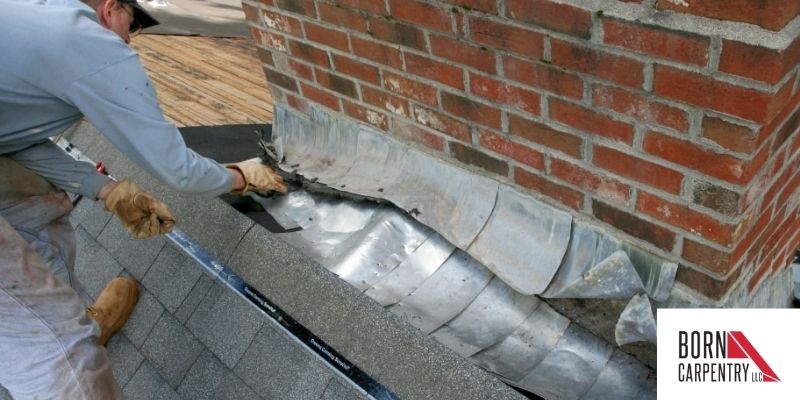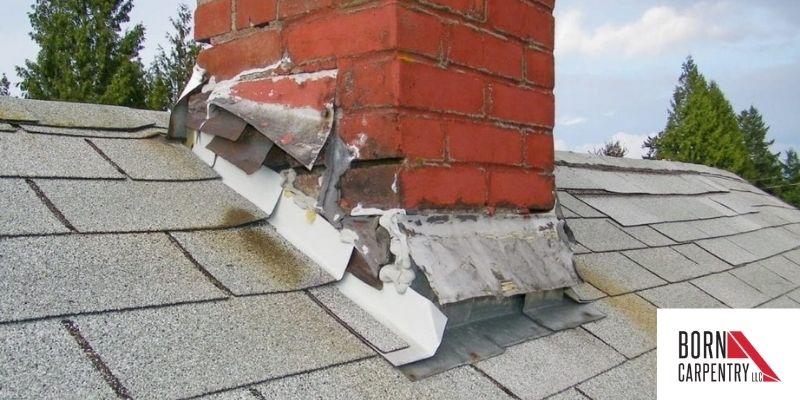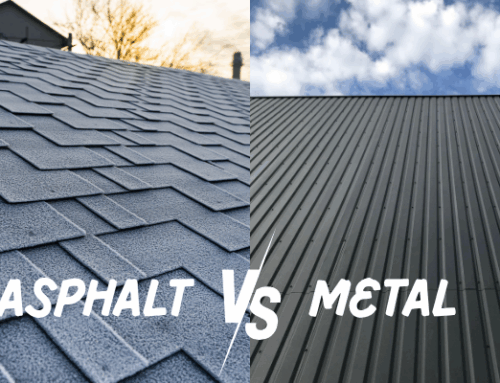There are several materials professional roofers use to roof the house so that the roof will be fit to withstand any pressure from nature. Just as we have shingles on the roof to protect the roof from the pressure of hail during a hailstorm, in the same way, we install roof flashing to the roof in strategic places to prevent water from penetrating beneath the shingles to damage the construction done there. Roof flashing is one of such protective coverings done on the roof to serve a purpose.
What Is Roof Flashing?

Roof flashing is a thin metal usually used by highly skilled roofing professionals. The makers of roof flashing made them from galvanized steel, copper, aluminum, or lead roofing. The purpose of installing roof flashing on a roof, window, door, gutter, etc. is to prevent water or moisture from penetrating in from the roof to cause damage. Roof flashing is not only resistant to moisture; it is also resistant to other climate conditions, like fierce winds.
Have you ever noticed some parts of the wall and roof that were joined together, that is, joining one end to another end, you will find out that there might be a bit of opening in between. A professional roofer is aware that the line in between needs to be closed because it will be accessible to moisture.
There are also places on your windows and doors that have a bit of opening, and because they are exteriors of a building and are prone to water, rain, and all forms of moisture, they need to be shielded from moisture in any possible way.
This flashing, when done, helps to direct the water where it wants it to go. Some flashing is fixed heading towards the gutter, so when the moisture hits the shingles, the flashing directs the water into where it should flow rather than the water penetrating the roof.
Aspects of Roofing Where Flashing Is Needed
Anyone who understands the purpose of flashing would want to have it installed in various areas on the roof, especially when it is a standard building or a roof that has suffered or had several leaks in past. Most people install flashing on their windows, gutters, even doors. Simply put, flashing is done to serve as waterproof to certain vital areas on the roof.
1. Openings around vents or pipes that come out from the roof; when you have flashing installed there, it helps to prevent water from dripping into those openings.
2. Chimneys, for example, flashing is installed around them. Chimneys are a form of ventilation channel through which gases, smoke, and any other airborne waste that are products of combustion pass through from a building.
Ways/Steps to Repair Roof Flashing
Although roof flashing serves as a protector from moisture, it can also go bad. There are times when the roof flashing has served its purpose, it eventually wears off. Metal flashing, for example, is prone to rust because they have regular contact with water. Having said that, different things are responsible for causing roof flashing to go bad, just to mention a few causes.
Poor Maintenance
Having installed your roof flashing, it does not end there; you are expected to maintain it. The roof flashing installer must have told you what you need to do and not do so that the roof flashing will serve you just fine. You are to adhere to those instructions if you want your roof flashing to be effective.
Lack of Regular Inspection
Most times, the reason why things get worse without prior information is that we failed to play our role in inspecting those things. We have to go around the house, check out what is functioning and what is not functioning well. For things not functioning well, find out why and what you can do to have them fixed. You do not just assume that everything is doing just fine. You can go round and inspect your flashing.
Poor Installation

This is yet another factor that is responsible for making the flashing go bad. Before you have your flashing installed, you are to make inquiries for the best roof flashing installers. Get recommendations or make a good finding before hiring an installer.
Substandard Flashing Materials
Sometimes we make a mistake by going to purchase materials without adequate knowledge of that thing. Other times, we entrust that responsibility to people who are interested in what they can make out of it, so they buy low-quality products for you.
This can be avoided if you make proper research on the product, contact the installer or any other trusted individual to go along with you to purchase that product. I believe this will solve any substandard roof flashing installation in the long run.
There are several do-it-yourself (DIY) steps to fixing your damaged roof flashing. There is flashing that has come loose, those where the seal needs to be redone, flashing that has holes or corroded spots, etc. They can all be fixed or repaired.
How Do You Repair Roof Flashing?
Before you begin your repair, there are specific materials you should keep with you that you may need
1. Ladder for climbing
2. Cement
3. Cement mortar
4. Water
5. Paintbrush
6. Chisel
7. Small-sized trowel, etc.
1. Identify the damaged spot on the roof. Get a ladder that you would use to climb up to the roof where the damaged roof flashing is. Have someone on standby who will pass on the adhesive or materials you will need for the repair.
2. Cement mixture can be added to broken roof flashing seals.
3. In the case of holes or corroded spots on the flashing, you can begin by making the surface rough, either with sandpaper or wire brush. After that, clean the surface cut the quantity of material that is much bigger than the hole in the flash.
Plug pinholes into the holes while you use cement to seal it closed.
4. In the case of worn-out seals, you can begin by taking off the mortar and caulking so you can replace them with new ones.
Conclusion
Roof flashing helps to keep your shingles safe from moisture penetrating underneath. Professional roof contractors are aware of the importance of roof flashing, without mentioning it, they know that they have to include roof flashing in their installation. We advise that while your roof is being installed, you can always ask questions, try to find out what you can do to have your roof flashing fixed in case an emergency occurs.






